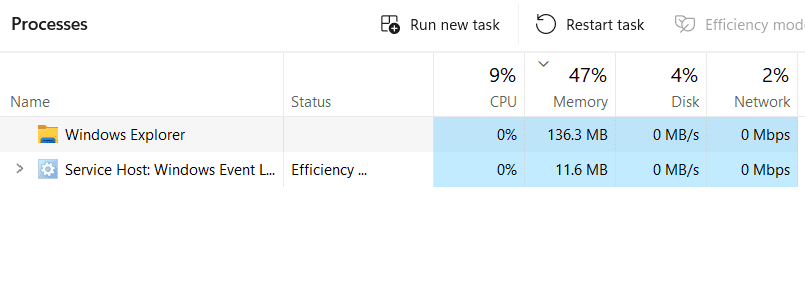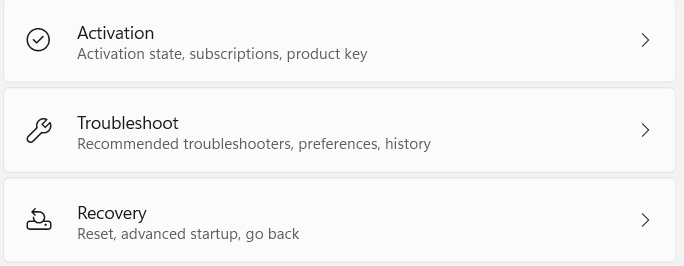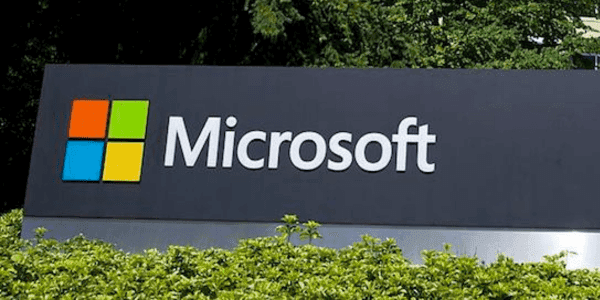Windows 11 Taskbar Not Responding: The Ultimate Guide to Solving the Issue
The Windows 11 Taskbar is one of the most essential parts of your desktop experience: fast access to favorite applications, system notifications, and many other utilities. And sometimes, well, it just doesn’t work. Here’s how you fix the problematic non-responsive Taskbar issue to get back into the smooth-experience groove with Windows 11.

Common Issues with the Windows 11 Taskbar
The taskbar can encounter several issues, including:
- Frozen or nonresponsive: You click on icons, but absolutely nothing happens.
- Taskbar Not Showing: The taskbar completely disappears from the screen.
- Missing Icons/Shortcuts: Some necessary shortcut icons for the Start Menu or the Volume Control application must be included.
Why Does the Windows 11 Taskbar Stop Responding?
Software bugs in Windows 11 updates
Sometimes, following a Windows update, major bugs emerge, making the taskbar behave erratically or freezing it out entirely. While these are usually fixed with patch updates, until then, users might have to deal with them as glitches.
Incompatible Third-Party Software Applications
There are moments when working with Windows proves challenging, especially regarding third-party applications that alter the user interface and how the system functions. These programs might cause the taskbar to become unresponsive.
Corrupted system files or problems with the user profile.
Issues with components like the taskbar can occasionally arise from system file corruption or user profile problems. Such complications usually arise after a forced shutdown or when malware is present.
Quick Fixes for Windows 11 Taskbar Not Responding
Restarting the Windows File Explorer
The fastest way to reset a frozen taskbar is by restarting Windows Explorer. Here’s how:
- Press Ctrl + Shift + Esc to open Task Manager.
- Find Windows Explorer in the list, right-click it, and select Restart.

Restarting Your Computer
In many cases, simply rebooting the system is enough to fix minor issues caused by software bugs or glitches. Therefore, reboot the computer to see if the taskbar is able to perform its functions optimally.
Verifying if there are any available windows updates.
Confirm that you have the latest software and application versions. Microsoft tends to release updates regularly to solve prevailing issues. Navigate to Settings—Windows Update and look for any due updates.
Advanced Solutions to Fix Windows 11 Taskbar Issues
Running the Windows Troubleshooter
Windows includes built-in troubleshooters to help you diagnose and resolve system issues. Navigate to Settings > System > Troubleshoot and run the troubleshooter for Windows Explorer and Taskbar

Reinstalling or Resetting System Files
Sometimes, corrupt system files can cause the taskbar to fail. You may need to reset or reinstall key system components.
Modifying Windows Registry
Confirm that you have the latest software and application versions. Microsoft tends to release updates regularly to solve prevailing issues. Navigate to Settings—Windows Update and look for any due updates.
Fixing Taskbar Issues by Disabling Problematic Apps
Identification of Software that Conflicts
Specific external software sources can interfere with your taskbar. For example, start menu replacement applications or desktop customization software are usually responsible for this. Go to Task Manager and turn off such applications.
Performing a Clean Boot
If you believe that some application is responsible for the issue, you can carry out a clean boot to launch Windows with the least amount of services and startup applications. This assists in eliminating the offending application.
Checking and Repairing Corrupt System Files
Using the System File Checker (SFC)
The System File Checker is a command-line tool that repairs corrupted files:
- Open Command Prompt as an administrator.
- Type sfc /scannow and hit Enter.

Running the Deployment Imaging Service and Management Tool (DISM)
DISM is another powerful tool that helps repair system image issues:
- Open Command Prompt as an administrator.
- Type DISM /Online /Cleanup-Image /RestoreHealth and press Enter.

Resolving Taskbar Issues via User Account Troubleshooting
Creating a New User Profile
Sometimes, the frozen taskbar is related to user-specific settings. So, create another new user account to verify whether the problem exists.
Data Migration to New Profile
If this new profile sorts the problem out, you can import your data from the old profile to this new one.
Resetting Windows 11 Settings to Default
How to Reset Taskbar Settings
Go to Settings > Personalization > Taskbar and reset the taskbar to default.
Using a System Restore Point
If the problem started recently, restoring your system to an earlier point may resolve it
Preventing Future Windows 11 Taskbar Issues
Keeping Your System Up to Date
Keep your Windows updated at all times to avoid problems and vulnerabilities.
Avoiding Problematic Apps and Software
Be cautious of packages that change system behavior or the desktop interface.
What to Do if the Taskbar Issue Persists ?
Contact Microsoft Support
You may call Microsoft Support as a last resort if these will provide a more specific solution for your problem.
Backing Up Data and Clean Install Windows 11
If it goes wrong, back up all your essential data and do a clean install to eliminate deep-seated problems.

FAQS
Why Is My Windows 11 Taskbar Not Responding?
It may be because of some software bug, apps conflict, or corrupted system files in your computer.
Does Reinstalling Windows Fix It?
If all of the above methods fail, reinstalling Windows can resolve deep-rooted problems.
How can I avoid all of the taskbar problems in the future?
Keep your system updated and away from the third-party apps tweaking your taskbar will avoid problems.
Which applications will freeze my taskbar?
Third-party customization applications, like Start Menu replacements or interface tweaks, are typical.
- How to Find a Server on Discord : connect with friends and explore new communities
- How to Send HD Photos on WhatsApp: A Step-by-Step Guide for Better Image Quality
- Nuclear Energy vs Green Energy: The Battle for a Sustainable World
- Battle of the AIs : ChatGPT vs. Google Gemini
- Artificial Intelligence In Game Development Today
- Quantum Computing Made Simple: A Major Breakthrough in Stability

